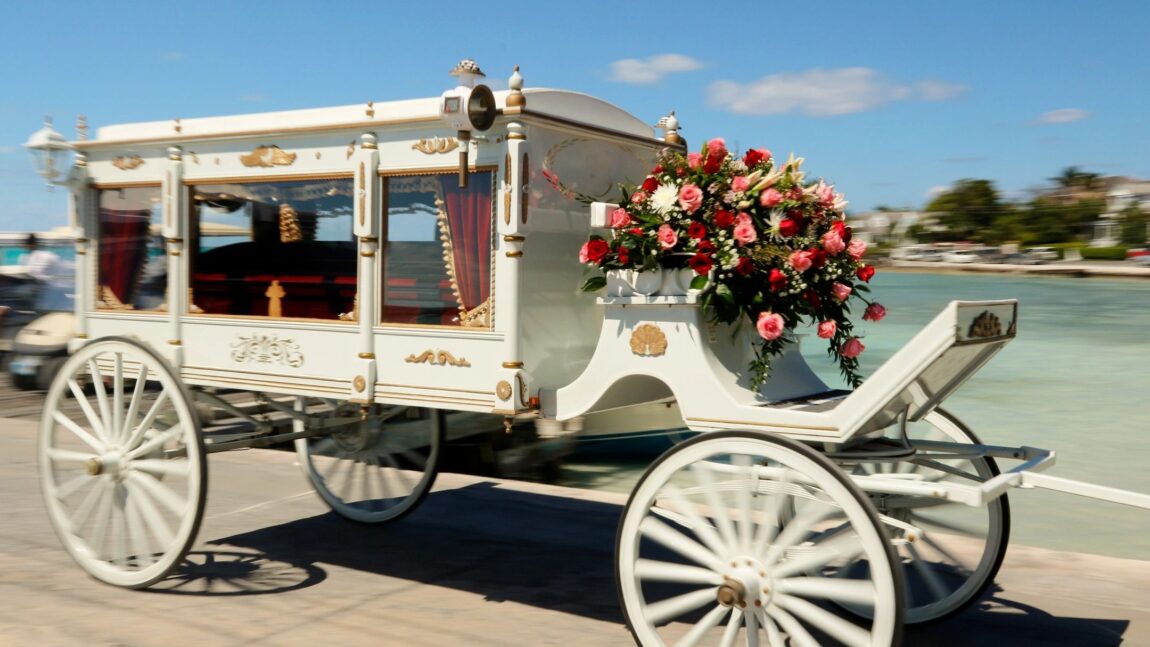Making decisions about final arrangements requires understanding the various types of burials available today. This comprehensive guide explores traditional and alternative burial options, helping you make an informed choice that aligns with your values, beliefs, and environmental considerations.
Traditional Ground Burial
The most familiar burial method remains the traditional in-ground burial. This time-honored approach involves placing the deceased in a casket, which is then lowered into a burial vault within a cemetery plot. Traditional burial typically includes elements such as a funeral service, graveside service, and the placement of a memorial marker. Many cemeteries require outer burial containers to prevent ground settling, making this a conventional burial choice that has stood the test of time.
Green Burial: An Eco-Friendly Alternative
As environmental consciousness grows, green burial has gained significant popularity. Certified by the Green Burial Council, this natural burial approach minimizes environmental impact by avoiding embalming chemicals and using biodegradable materials like burial shrouds instead of traditional caskets. Natural burial sites, often found in woodland burial settings, allow the body to return to nature naturally. These burial plots are typically in designated green cemeteries that maintain the natural landscape.
Above Ground Burial Options
For those considering alternatives to ground burial, mausoleums offer an elegant above ground burial solution. These structures provide protected spaces for casket placement and create lasting memorial sites for families. Modern mausoleums often incorporate areas for both traditional burial and cremated remains, offering flexibility for different preferences.
Water and Sea Burial
Sea burial presents a unique burial option for those with connections to marine life or naval service. This specialized burial method must comply with specific regulations and typically occurs far offshore. Water burial ceremonies can be particularly meaningful for families with maritime traditions, though they require careful planning and proper permits.
Home and Family Burial
Some families explore home burial options on private property, though this burial method requires careful consideration of local regulations and proper documentation. While not common in urban areas, family burial plots on private land continue to be practiced in rural regions, maintaining historical burial customs and creating deeply personal memorial sites.
Religious and Cultural Considerations
Religious funerals and traditional burial methods often follow specific customs and requirements. From the choice of burial shroud to the timing of the funeral service, different faiths maintain unique burial traditions. Understanding these religious and cultural aspects helps ensure final arrangements honor both personal beliefs and family traditions.
Natural Burial Sites and Conservation
Natural burial sites often double as conservation areas, preserving land while providing meaningful final resting places. These locations typically maintain stricter guidelines about burial methods and materials, ensuring minimal environmental impact. Many traditional cemeteries now offer designated sections for natural burial, combining conventional and eco-friendly options.
Incorporating Cremated Remains
Modern burial options frequently accommodate cremated remains, whether through traditional cemetery plots or specialized memorial gardens. Families may choose to inter cremation urns in burial vaults or incorporate cremated ashes into living memorials, such as tree plantings or memorial reefs.
Planning and Practical Considerations
Funeral planning involves numerous decisions beyond selecting a burial method. Working with a funeral director helps navigate various funeral terms and options while ensuring compliance with local regulations. Consider factors such as:
- Location accessibility for family visits
- Long-term maintenance requirements
- Future family burial needs
- Environmental impact
- Budget considerations
The Role of Modern Cemeteries
Today’s traditional cemetery offers more options than ever before. Many funeral homes work with multiple cemeteries to provide diverse burial options, from conventional burial plots to green burial sections. Modern cemeteries often incorporate memorial gardens, natural areas, and spaces for alternative burial methods.
Making Your Final Decision: Choosing the Right Burial Type
Understanding different types of burials helps families make informed decisions during funeral planning. Whether choosing traditional burial, green burial, or alternative options, each burial method offers unique ways to honor and remember loved ones. Consider consulting with funeral professionals to explore which burial option best suits your needs, values, and circumstances. By understanding the full spectrum of choices – from conventional burial methods to emerging green burial practices – you can make a choice that provides comfort and meaning for both you and your loved ones.




Memories & Condolences